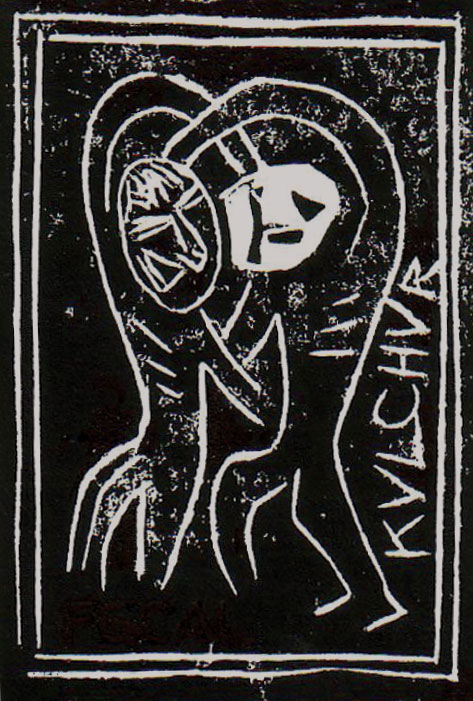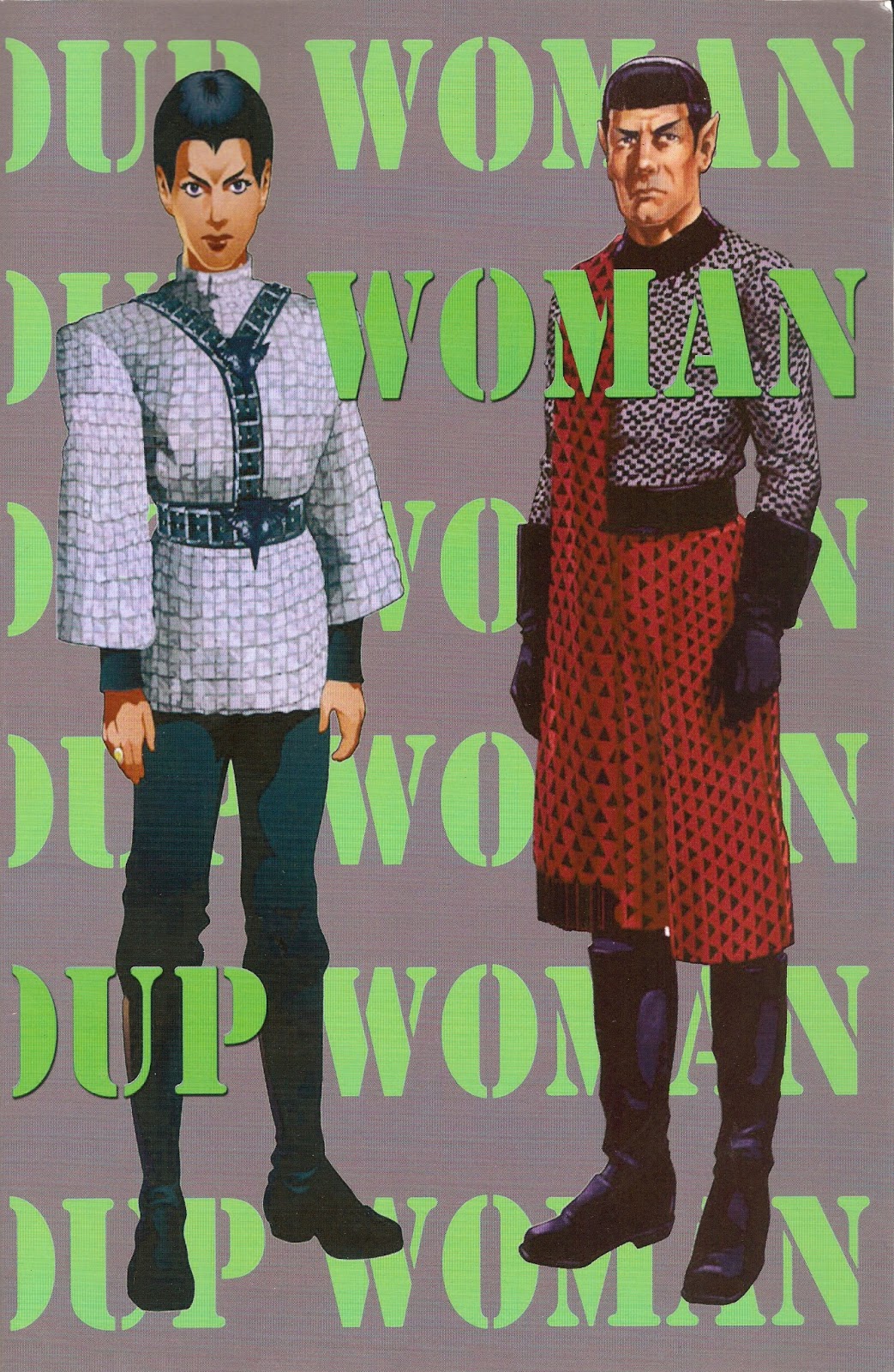PETER MAKIN'S "HAGOROMO"
Better known as one of the world’s finest Pound and Bunting scholars, Peter Makin is surprisingly presented as a poet of some import in Issue 62 of Shearsman Magazine. The title of the longish poem featured in the magazine is “Hagoromo,” the title of a well known and widely translated Noh play—a play in one act which has been translated by, among others, Arthur Waley and, not surprisingly, Pound. Nor is it surprising that Makin would draw from the well of both his scholarship (Pound) and his living (Japan) for the longish poem. What is surprising, however, is that the poem is as powerful and moving as the play from which the title is drawn. It’s not often that people who have first established themselves as scholars or critics later prove themselves to be fine poets. Indeed, more than a few accomplished and distinguished scholars have been found to be, even if only in their youth, aspiring or failed writers and artists. Hegel, for example, was a terrible poet. Makin, on the other hand, is clearly not.
In short, I’ve wanted to write about this poem—even if only to draw attention to it—for quite some time now. Makin’s splendid book, Bunting: The Shaping of His Verse, is one of the finest (of the wretchedly few) critical works on the Northumbrian poet. Aside from work published by Peter Quartermain and Richard Caddel, very little insightful and reliable scholarship on Bunting is available. Moreover, Makin is one of the key critical voices that guided me through many a frustrating read of The Cantos. Reading “Hagoromo” served only to add to my appreciation of Makin as scholar and, now, poet.
Makin’s poem corresponds loosely or, more accurately perhaps, draws from the Noh play in much the same way that, say, Joyce’s Ulysses corresponds with and draws from The Odyssey. Waley’s introductory note to his pioneering (and painfully faithful) 1922 translation of the Noh play offers the following summary and information:
The story of the mortal who stole an angel's cloak and so prevented her return to heaven is very widely spread. It exists, with variations and complications, in India, China, Japan, the Liu Chiu Islands and Sweden. The story of Hasan in the Arabian Nights is an elaboration of the same theme.
More specifically, Pound’s introductory note states:
The plot of the play Hagoromo, the Feather Mantle, is as follows: The priest finds the Hagoromo, the magical feather mantle of a Tennin, an aerial spirit or celestial dancer, hanging upon a bough. She demands its return. He argues with her, and finally promises to return it, if she will teach him her dance or part of it. She accepts the offer.
In the Noh play, often credited dubiously to Seami (or Zeami, b. 1363 – d. 1444), the central figures are a mortal man inexorably bound to the world and an “aerial spirit” merely visiting, her return to heaven jeopardized by the man’s insensitive and reckless behavior. Likewise, the Makin poem features a narrator, man bound to the earth, and a woman, dead, her spiritual essence driven from the tangible soil and into a realm beyond what is concrete, what is earth.
Divided into seven sections, a stanza in the first section of the poem guides the piece and contains the central theme of the poem:
Motif: the monotone
(steppes: Mali wastes)
where the plough turns
under the digue;
comes, and returns
unendingly.
Turn and return. Cyclicality. Here a universality in the allegorical inclusion of turning seasons, turning years, tilled soil from which cycles of growth repeat themselves in an unending stream of life given then taken then given again—this is the “motif” of the poem. Yet Makin dresses the old skeleton (fertile earth as sustained metaphor) in clothing specific to his time and place, specific to the details of his own individual life and experiences.
This theme of organic cyclicality is further supported by images of flowing water “ribbed” and “rushing” which occur frequently throughout the poem’s seven sections. The poem is complex, the complexity of the work deceived by straightforward language, a diction that cleverly conceals its punch. Mention of “ribbed” and “rushing” water is countered by mention of bamboo, at which point the poem suddenly becomes charged with a sexual tension:
The road snakes round the hill
and hugs it
the bamboos fall off the mountains
flopping in curls.
In the dark valley no movement.
Later, in Part VI of the poem, the tension escalates between water (fertility) and bamboo (virility), stock allegorical images specific to the literature of East Asia, a region that has been home to Makin for over twenty-five years:
the green not vivid but virulent
the flat mirror of water with the border of mud
with ragged banks
so flat, so delicate
waiting to be disturbed
with feet and with plantings.
And under the roughened, fast-moving
water
the shadow of a frond, waving.
The frond drowning, helpless, just as the narrator of the poem was helpless in preventing the death of his partner, revealed shortly thereafter:
never bent
she knew she was a nuisance
never gave myself up to her
till 2 – 3 days before she died.
The halberds on the bronzes like these leaves;
the silvery-green fly-like creatures
flit about them intently.
The natural world, to include the world of human civilization, goes on unimpeded by the loss the narrator suffers, he penitent in lamentation, keenly aware of his inability to save her, to give her back her bright feathered cloak, the mantle needed for flight, for deliverance & salvation:
“Why did you take my bright cloak?
I will never get back to heaven-road now; wander
this keck-end of world
lonely for brightness;
give me back my bright cloak?”
Though the narrator of this poem feels the same shame the priest of the Noh play feels for having taken the feathered cloak of a Tennin, the wings of an angel, the priest is able, within the framework of lore & legend, to give the Tennin back her cloak while the narrator of the poem is clearly not. Instead, the narrator’s wife:
will have to wait
..........in the land of nothing
while your sister eats.
There’s so much more to be said for and about the poem, though in the interest of time and space I encourage you to read the work for yourself. In order to read the poem in its entirety, visit:
http://www.shearsman.com/pages/magazine/back_issues/shearsman62/makin.html
In short, I’ve wanted to write about this poem—even if only to draw attention to it—for quite some time now. Makin’s splendid book, Bunting: The Shaping of His Verse, is one of the finest (of the wretchedly few) critical works on the Northumbrian poet. Aside from work published by Peter Quartermain and Richard Caddel, very little insightful and reliable scholarship on Bunting is available. Moreover, Makin is one of the key critical voices that guided me through many a frustrating read of The Cantos. Reading “Hagoromo” served only to add to my appreciation of Makin as scholar and, now, poet.
Makin’s poem corresponds loosely or, more accurately perhaps, draws from the Noh play in much the same way that, say, Joyce’s Ulysses corresponds with and draws from The Odyssey. Waley’s introductory note to his pioneering (and painfully faithful) 1922 translation of the Noh play offers the following summary and information:
The story of the mortal who stole an angel's cloak and so prevented her return to heaven is very widely spread. It exists, with variations and complications, in India, China, Japan, the Liu Chiu Islands and Sweden. The story of Hasan in the Arabian Nights is an elaboration of the same theme.
More specifically, Pound’s introductory note states:
The plot of the play Hagoromo, the Feather Mantle, is as follows: The priest finds the Hagoromo, the magical feather mantle of a Tennin, an aerial spirit or celestial dancer, hanging upon a bough. She demands its return. He argues with her, and finally promises to return it, if she will teach him her dance or part of it. She accepts the offer.
In the Noh play, often credited dubiously to Seami (or Zeami, b. 1363 – d. 1444), the central figures are a mortal man inexorably bound to the world and an “aerial spirit” merely visiting, her return to heaven jeopardized by the man’s insensitive and reckless behavior. Likewise, the Makin poem features a narrator, man bound to the earth, and a woman, dead, her spiritual essence driven from the tangible soil and into a realm beyond what is concrete, what is earth.
Divided into seven sections, a stanza in the first section of the poem guides the piece and contains the central theme of the poem:
Motif: the monotone
(steppes: Mali wastes)
where the plough turns
under the digue;
comes, and returns
unendingly.
Turn and return. Cyclicality. Here a universality in the allegorical inclusion of turning seasons, turning years, tilled soil from which cycles of growth repeat themselves in an unending stream of life given then taken then given again—this is the “motif” of the poem. Yet Makin dresses the old skeleton (fertile earth as sustained metaphor) in clothing specific to his time and place, specific to the details of his own individual life and experiences.
This theme of organic cyclicality is further supported by images of flowing water “ribbed” and “rushing” which occur frequently throughout the poem’s seven sections. The poem is complex, the complexity of the work deceived by straightforward language, a diction that cleverly conceals its punch. Mention of “ribbed” and “rushing” water is countered by mention of bamboo, at which point the poem suddenly becomes charged with a sexual tension:
The road snakes round the hill
and hugs it
the bamboos fall off the mountains
flopping in curls.
In the dark valley no movement.
Later, in Part VI of the poem, the tension escalates between water (fertility) and bamboo (virility), stock allegorical images specific to the literature of East Asia, a region that has been home to Makin for over twenty-five years:
the green not vivid but virulent
the flat mirror of water with the border of mud
with ragged banks
so flat, so delicate
waiting to be disturbed
with feet and with plantings.
And under the roughened, fast-moving
water
the shadow of a frond, waving.
The frond drowning, helpless, just as the narrator of the poem was helpless in preventing the death of his partner, revealed shortly thereafter:
never bent
she knew she was a nuisance
never gave myself up to her
till 2 – 3 days before she died.
The halberds on the bronzes like these leaves;
the silvery-green fly-like creatures
flit about them intently.
The natural world, to include the world of human civilization, goes on unimpeded by the loss the narrator suffers, he penitent in lamentation, keenly aware of his inability to save her, to give her back her bright feathered cloak, the mantle needed for flight, for deliverance & salvation:
“Why did you take my bright cloak?
I will never get back to heaven-road now; wander
this keck-end of world
lonely for brightness;
give me back my bright cloak?”
Though the narrator of this poem feels the same shame the priest of the Noh play feels for having taken the feathered cloak of a Tennin, the wings of an angel, the priest is able, within the framework of lore & legend, to give the Tennin back her cloak while the narrator of the poem is clearly not. Instead, the narrator’s wife:
will have to wait
..........in the land of nothing
while your sister eats.
There’s so much more to be said for and about the poem, though in the interest of time and space I encourage you to read the work for yourself. In order to read the poem in its entirety, visit:
http://www.shearsman.com/pages/magazine/back_issues/shearsman62/makin.html






<< Home